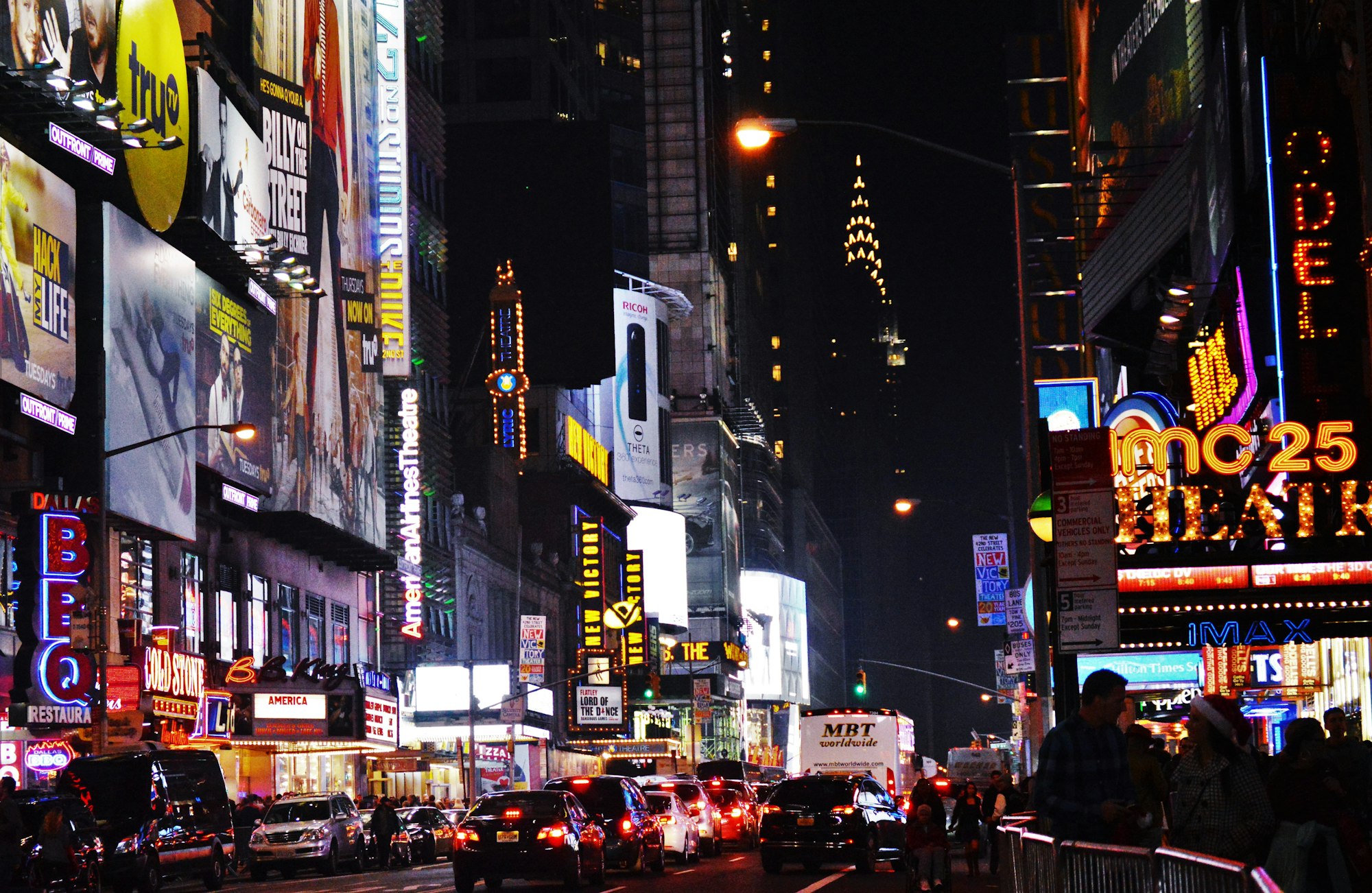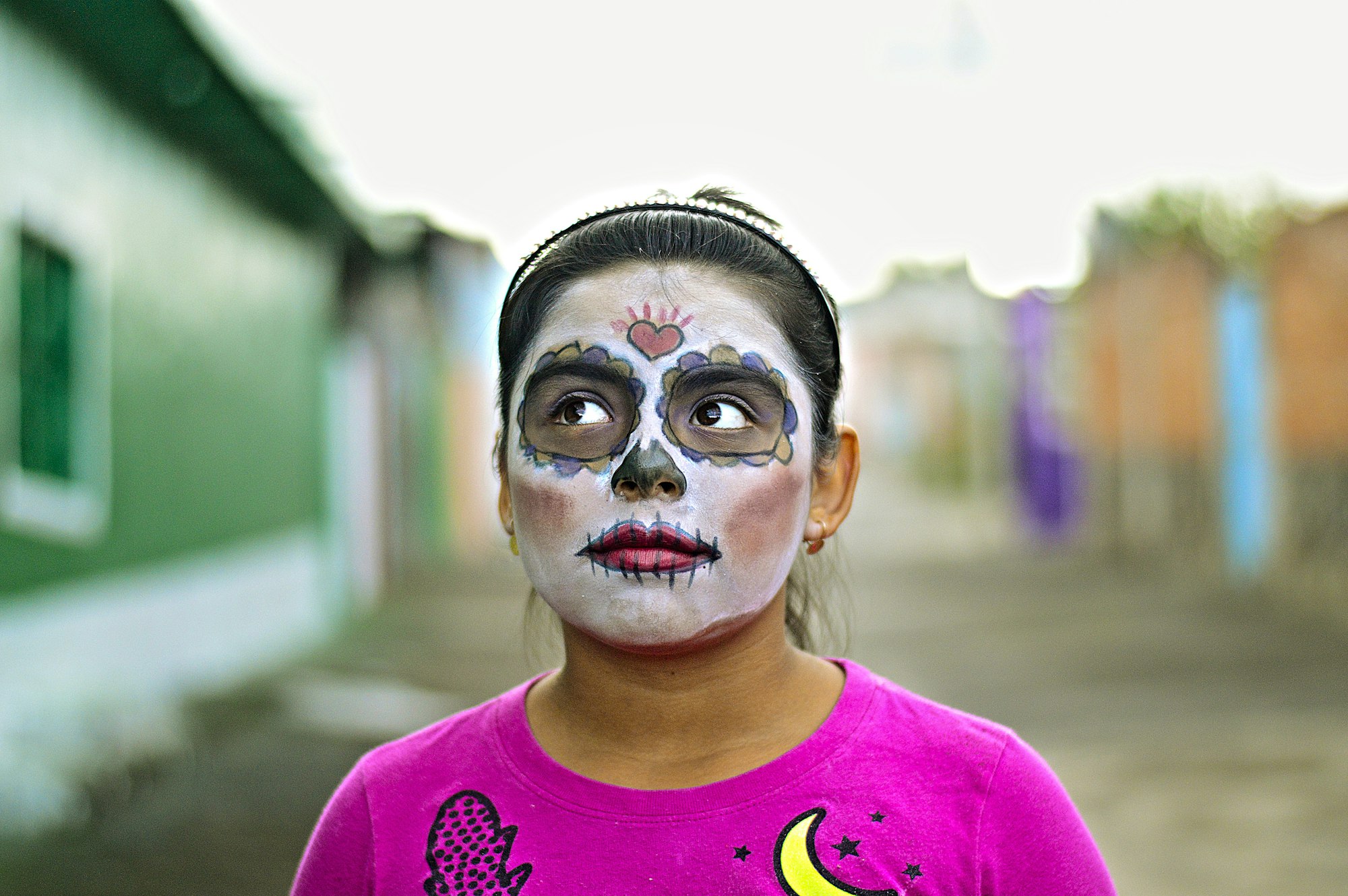What is My Genre?
I think I have figured it out!
Last week we determined that my novel Seep was not housed in the genre of magical realism. Further research has revealed that instead, Seep fits in the diverse and wide genre of urban fantasy.
The more I learned, the more I wanted to smack my forehead in irritation at my own blindness. It turns out that most of the fiction bowing my bookshelves is classified as urban fantasy. These are the stories I devour, so of course, that is what I am writing. (Why was this so hard?)
Down the Rabbit Hole
Urban fantasy is often called a sub-genre of fantasy. However, Stefan Ekman makes a strong case for urban fantasy standing as its own genre. Because urban fantasy is the fusion of many genres, not just a narrow classification within the genre of fantasy. Depending on the story, there can be elements of fantasy, Gothic horror, alternate history, romance, thriller, mystery, crime fiction, humor, or the post-apocalyptic. Not all urban fantasy stories contain all of these genres, so there is no one iconic example of the genre. It is fluid.
In urban fantasy, the setting is typically based in our contemporary reality with the addition of magical or paranormal aspects, such as witches, ghosts, or humans with magical powers. Unlike in magical realism, where magic is a part of normal life, here, the collision of the paranormal with everyday life causes unexpected ripples in the fabric of reality, which becomes an essential part of the narrative.
As the genre has developed, the word urban has become something of a misnomer as the story need not be set in a large metropolis—though indeed many are, with the cities themselves acting as main characters. Instead, urban fantasy has come to mean contemporary fantasy. More important than the physical setting is the notion that modern life is flawed. Even supernatural beings must cope with problems like lead paint and aging transportation infrastructure.

Urban fantasy tends to include the tropes of crimes to solve, a dark mood, and angsty romantic entanglements. (However, the romance should only be secondary to the main plot. Otherwise, you find yourself in the genre of paranormal romance.)
Further, Ekman points out that the common element of crime fiction in urban fantasy strengthens the genre’s ability to explore and highlight the challenges we face in the modern world.
Similar to magical realism, urban fantasy often weaves an exploration of societal themes into the narrative. What can look like a simple ghost story can be at its heart an exploration of what it means to be an invisible outcast.
In a Nut Shell
In urban fantasy, you have supernatural elements intersecting with everyday reality. I am borrowing an idea from Melissa F. Olson’s “What the Hell is Urban Fantasy” blog post, where she made a Venn diagram describing urban fantasy. I am redoing it based on my story, Seep.

Urban fantasy requires detailed world-building with rules and consequences. Urban fantasy is character-driven, particularly by female protagonists. The main character’s personality, struggles, and triumphs are what keeps the readers coming back.
Books in the realm of urban fantasy from my shelves:




What is My Genre: Reprise
So, what makes Seep belong to the genre of urban fantasy? Well, it checks most of the boxes for the genre.

Before I read Ekman’s Crime Stories and Urban Fantasy, I believed that I was just telling a story for fun and was not writing about profound ideas. However, he surprised me by pointing out the social discourse embedded in the Hollows series by Kim Harrison. I had considered these stories, personal favorites of mine, to be merely delicious junk food reading. Fantasy Cheetos as it were. However, it turns out that the themes of standing up to social injustice in these stories were so obvious that I could not see them.
So, who knows? Maybe my own deeper themes are just as invisible to me right now. Perhaps they will emerge as Seep develops.
Selected References and Further Reading
- Ekman, S. (2016). Urban fantasy: A literature of the unseen. Journal of the Fantastic in the Arts, 27(3), 452–469, 554.
- Ekman, S. (2017). Crime stories and urban fantasy. Clues, 35(2), 48–57.
If you enjoyed this post, please consider supporting me a buck a month on Patreon by clicking on the link below. I am trying to reach my $500 a month goal.
Become a Patron!This post was made possible with the generous support of the following patrons. Thank You!
- Kid Cryptid
- Cynthia Keller
- Pat Schoettker

